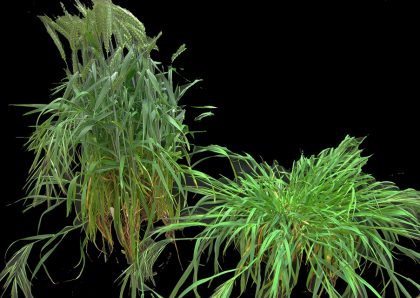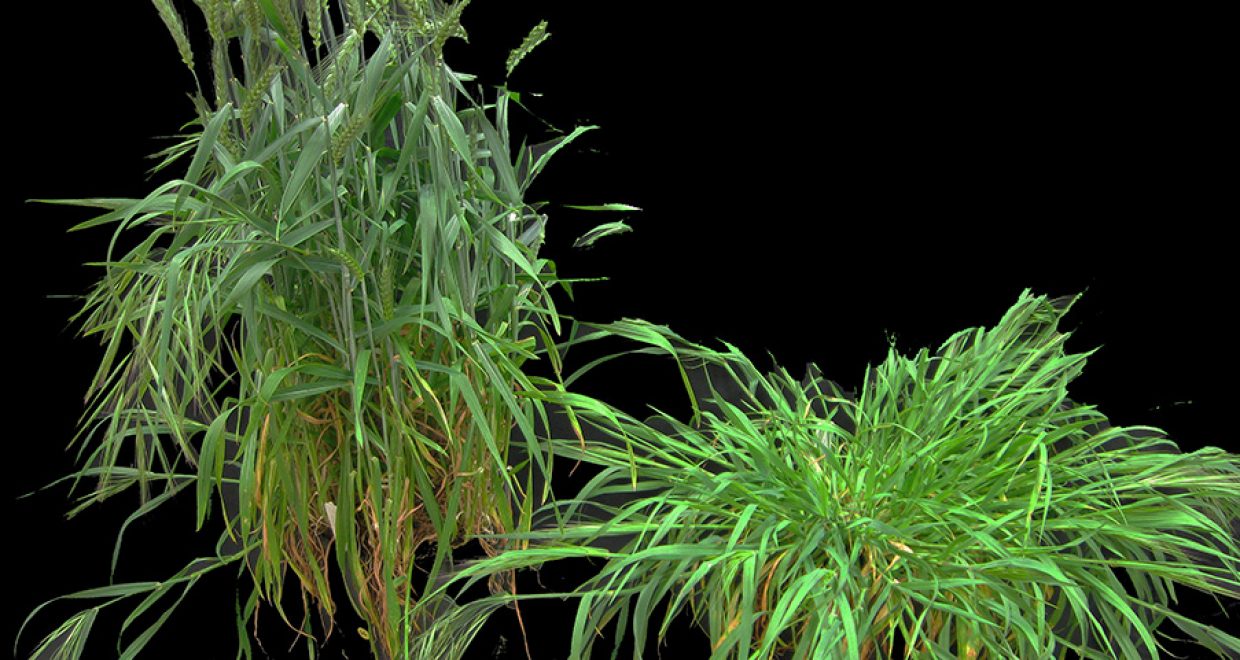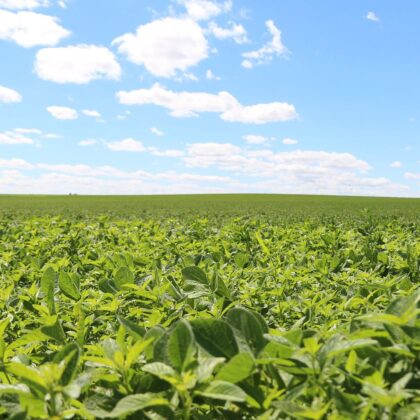Is crop competition an effective weed control strategy?
When it comes to weed control, today’s growers face a double whammy. Weeds have developed resistance to many of our existing herbicide options at a time when new herbicide discoveries have plummeted. But a recent study featured in the journal Weed Science shows one often overlooked weed control strategy may help to fill the void.
A researcher recently explored the impact of crop density on the biomass and seed production of rigid ryegrass, wild radish, ripgut brome and wild oat – four troublesome weed species found in Australian wheat crops. When wheat was planted at a commercially recommended density of 120 plants per square meter, the crop was found to reduce the biomass of the four weeds by 69, 73, 72 and 49 percent, respectively, compared to weeds growing without competition from wheat. Weed seed production was reduced by 78, 78, 77 and 50 percent.

Increasing the planting density to 400 plants per square meter led to even further reductions. Weed biomass was reduced by an additional 19, 13, 20 and 39 percent, respectively, while seed production was reduced by an additional 12, 13, 17 and 45 percent. Grain yields remained the same.
One bonus: The research shows that crop competition causes weeds to grow more upright and to retain significantly more of their seeds in the upper crop canopy. This modified growth pattern makes it possible to capture and destroy more weed seeds as wheat is harvested.
Want to learn more? Read the article “Enhanced wheat competition effects on the growth, seed production and seed retention of major weeds of Australian cropping systems” online at Weed Science vol 67 issue 6.






